Translating Emotions: Graffiti as a Tool for Change
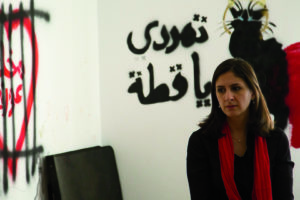
Bahia Shehab
During the Egyptian revolution, art sublimated violence and translated emotions. Music, theatre, video art, graffiti and cartoons were just a few examples of media of protest that overtook the streets and cyberspace. Strong emotions brought about intense creativity, and in the process artists and laymen alike provided us with exceptional examples of how to express dissidence and solidarity aesthetically. Focusing on graffiti, I engage with examples of collaborative creative protest and my own contribution to them, and treat the palimpsests that emerged out of the interaction among graffiti artists and between them and the public as a form of visual conversation. The main focus is the ’Tank vs Biker’ wall, which started with Ganzeer’s iconic painting of a military tank and a man on a bike carrying a bread board on his head. Moving on to my own ‘Thousand Times No’ and ‘Some People’ campaigns, I tell the story of how I paid tribute to the ’Tank Wall’ by spraying stencils from both campaigns on it. With more artists painting on the wall, and some of their contributions whitewashed or defaced, I returned to the wall with another campaign, ‘Rebel Cat’, my attempt to feminize the act of rebellion.
Bahia Shehab is Associate Professor of Professional Practice and director of the Visual Cultures and Graphic Design programmes at the American University in Cairo. She has developed and launched the new graphic design major for the Department of the Arts, with courses focused mainly on the visual culture of the Arab world. Her artwork has been on display in exhibitions and galleries in China, Denmark, Germany, Italy, Lebanon, UAE and the US. Her book, A Thousand Times NO: The Visual History of Lam-Alif, was published in 2010. She is a 2012 TED Global Fellow and was selected as one of BBC’s 100 Women who are changing the world for two consecutive years, in 2013 and 2014. In 2015 she was honoured as distinguished alumna by the American University in Beirut. Nefertiti’s Daughters, a documentary that features her artwork during the Egyptian uprising, was released in 2015.
Images from Bahia Shehab’s chapter:
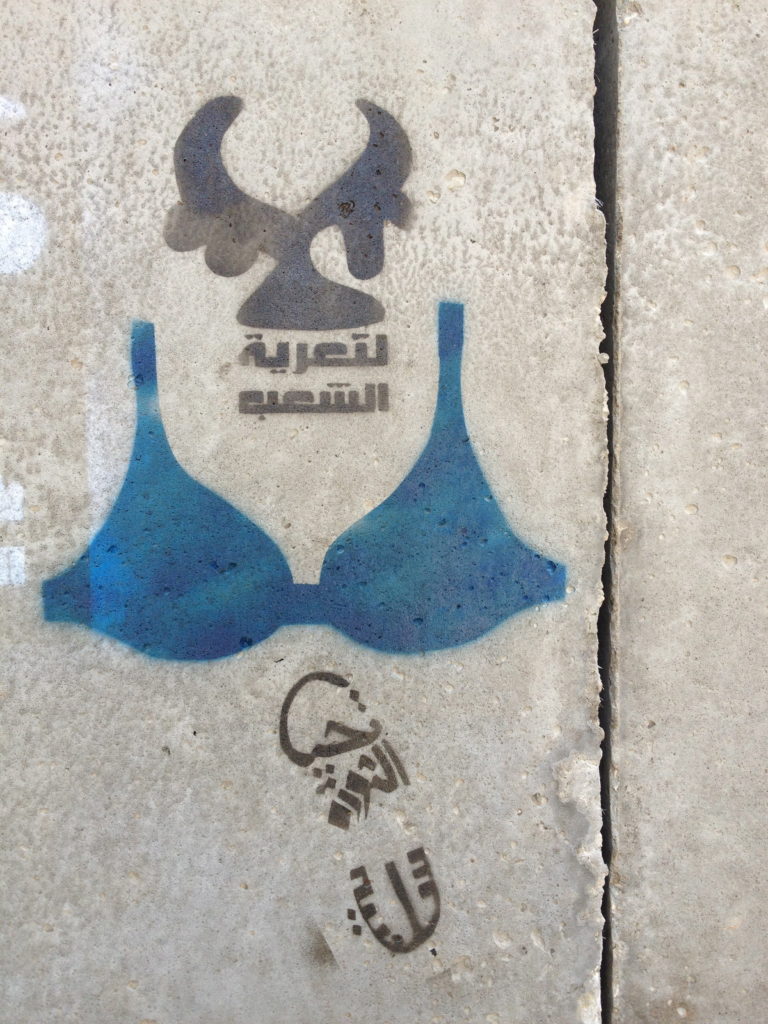
Figure 1: ‘No to Stripping the People’. Photograph by Bahia Shehab (2011)
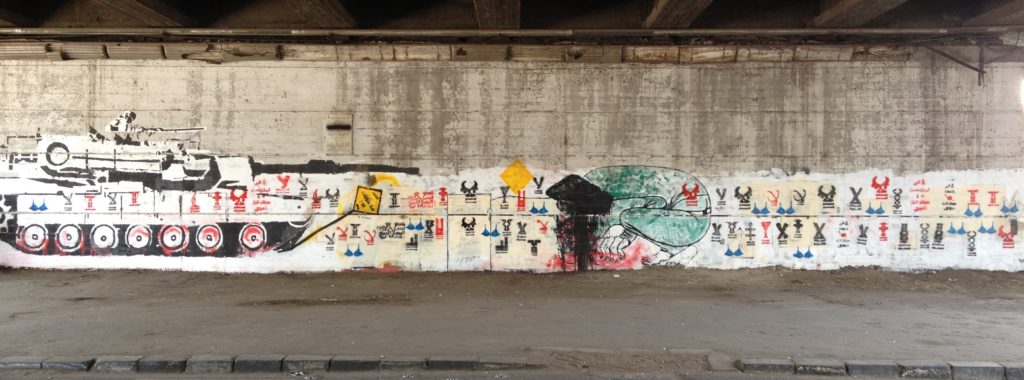 Figure 2: Stenciling on the Tank Wall. Photograph by Bahia Shehab (2012)
Figure 2: Stenciling on the Tank Wall. Photograph by Bahia Shehab (2012)
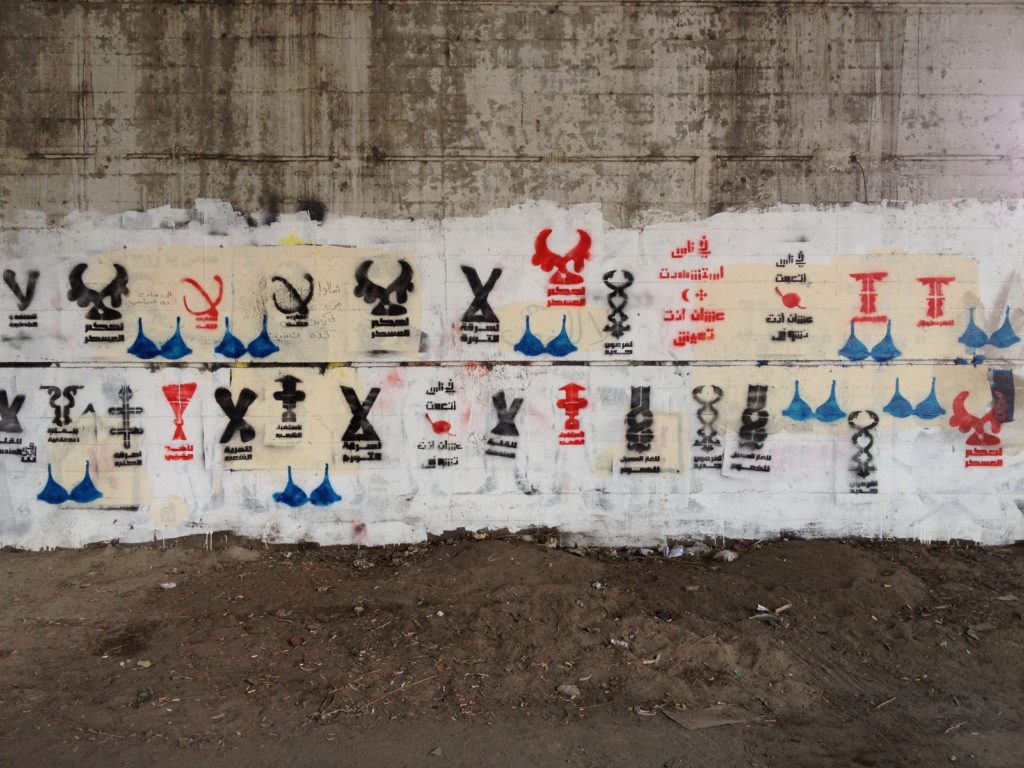
Figure 3: Close Up of Stenciling on the Tank Wall. Photograph by Bahia Shehab (2012)
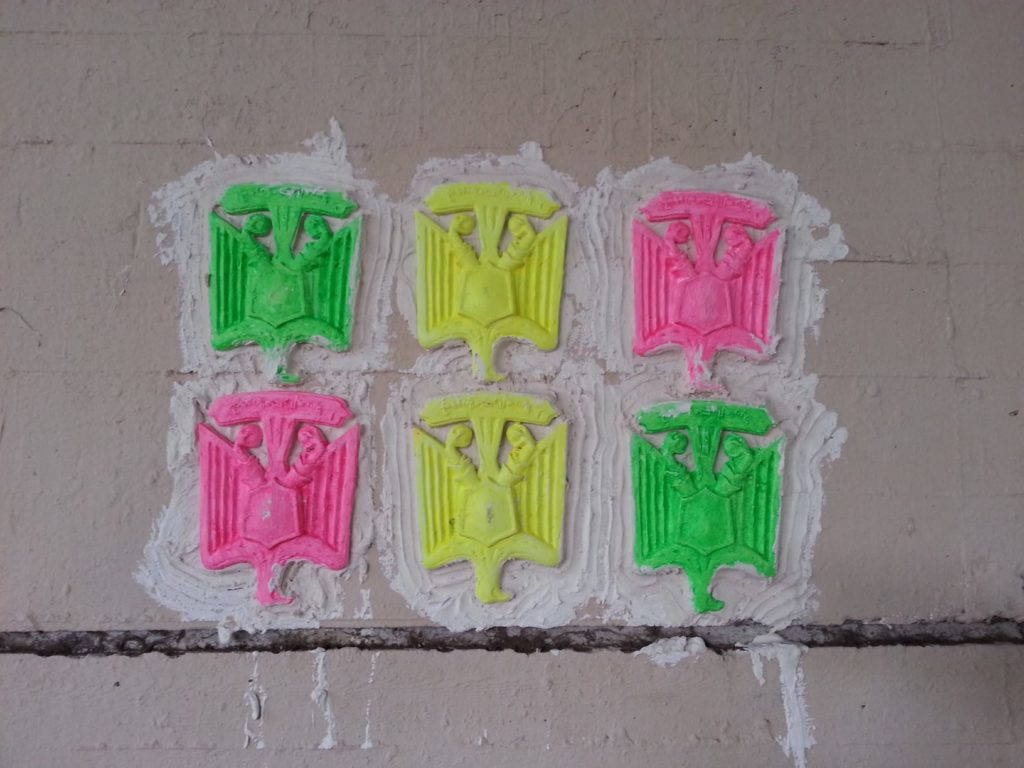
Figure 4. Alaa Abd El Hamid’s Inverted Flag Eagles. Photograph by Bahia Shehab (2013)
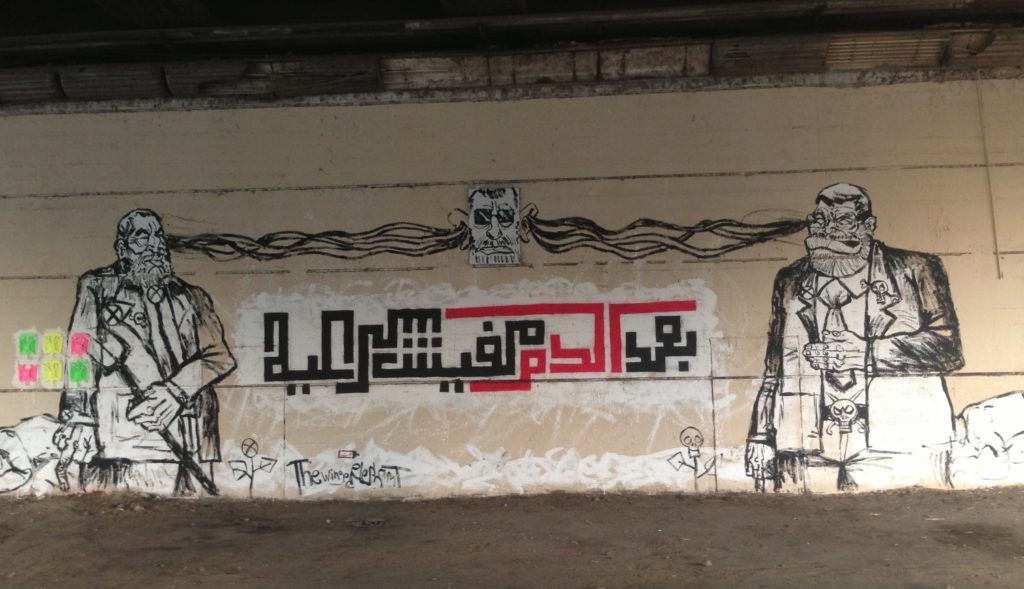
Figure 5. ‘After Blood’ mural. Photograph by Bahia Shehab (2013)
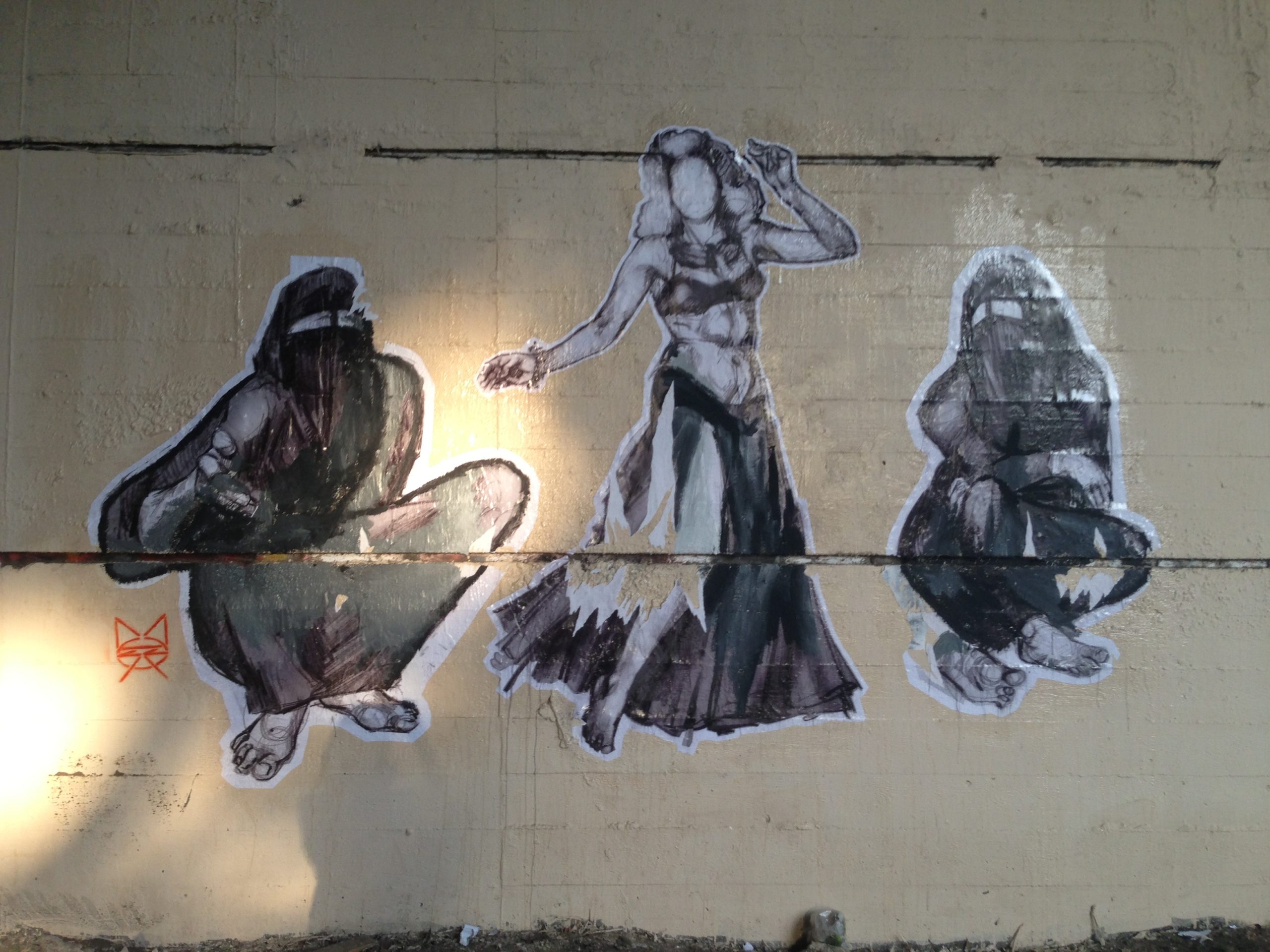
Figure 6. Three female figures on the Tank Wall, by Mozza. Photograph by Bahia Shehab (2013)
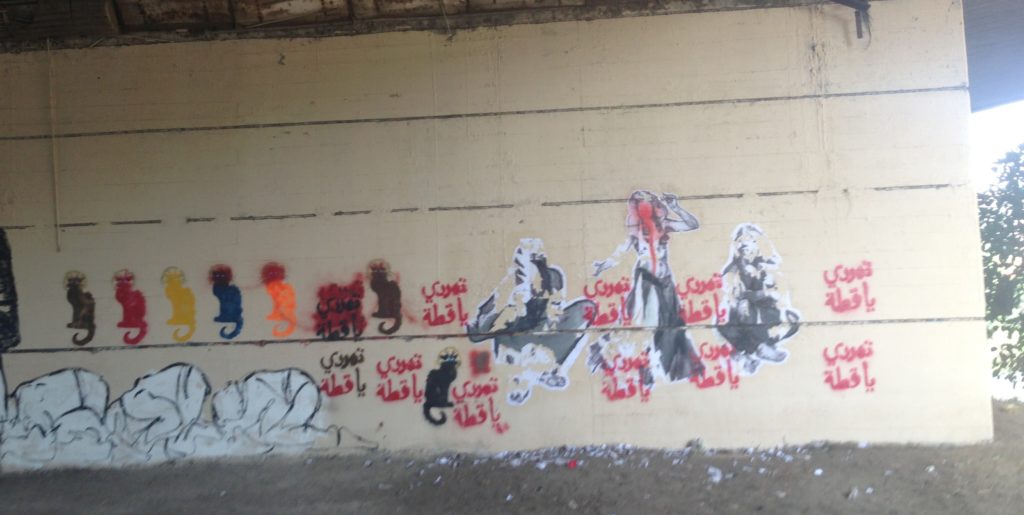
Figure 7: ‘Rebel Cat’ campaign. Photograph by Bahia Shehab (2013)
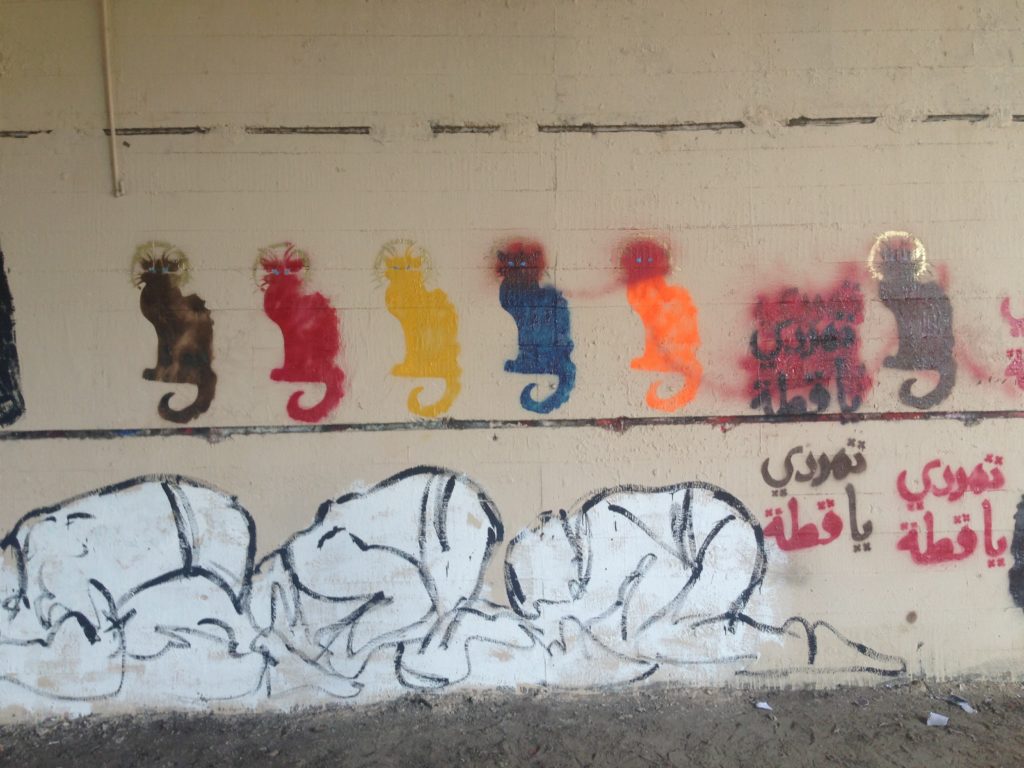
Figure 8: Close up of ‘Rebel Cat’ campaign, by Bahia Shehab (2013)
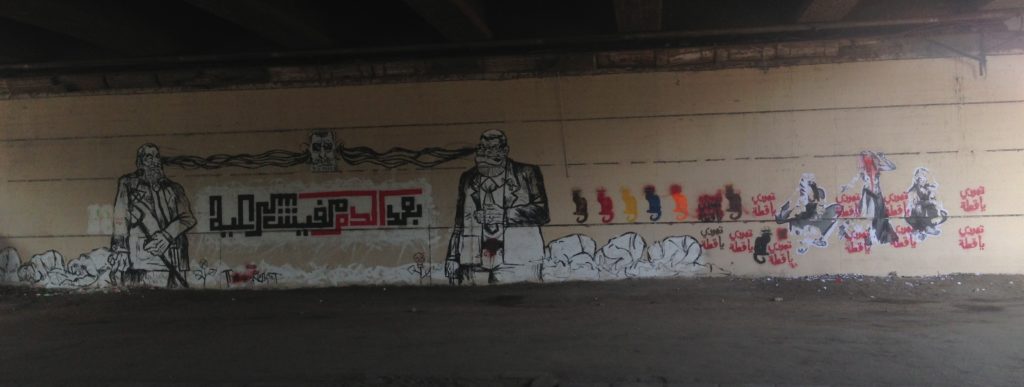
Figure 9: Full view of ‘After Blood’ mural with ‘Rebel Cat’ images added. Photograph by Bahia Shehab (2013)
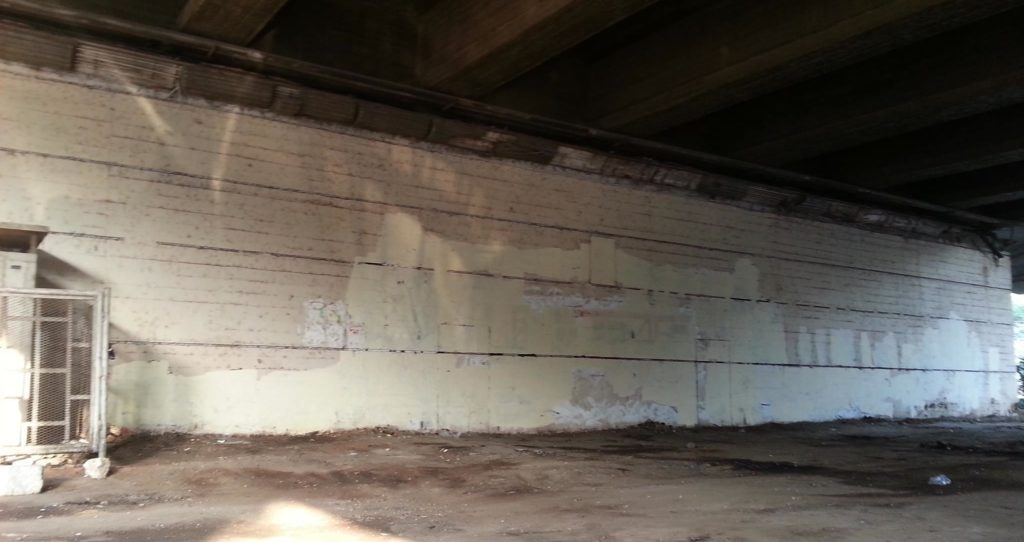
Figure 10. The Tank Wall whitewashed after June 2014. Photograph by Bahia Shehab (2014)